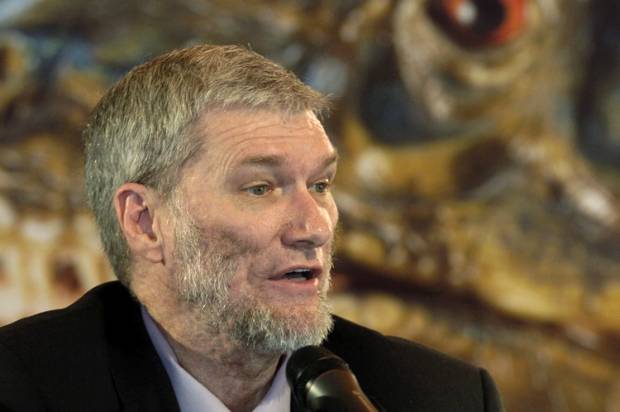ragblog | What are Obama’s drones except a robotized version of the Phoenix program?
Tom may also be prescient in implying that the current celebrity of
the unorthodox ‘warrior thinker’ – whether personified by Kilcullen or
the sinister General McMasters – doesn’t necessarily put any new ideas
on the empire’s table. But Down from the Hills – and this why I blurbed
it – does register with stark honesty a global reality that foreign
policy mandarins have generally ignored: the consequences of warehousing
a billion poor people in peripheral slums with negligible hope of ever
finding employment in the formal world economy.
An agricultural ‘apocalypse’ (and here the term is accurate) has
driven hundreds of millions into cities where, apart from the world
factory of China and its periphery, capitalism no longer creates jobs or
rewards education. Moreover, economic globalization, as it were, has
‘leaked space.’ Without an international red menace incubating in the
slums, governments have often abdicated everything except police
violence and extortion in their poorest and most rapidly growing urban
districts.
Into this “vacuum” of governability, Kilcullen claims, has rushed a
motley mob of terrorist militias and super-street gangs who have
transformed the despair of the young into a new strategic weapon:
suicide bombers. A chief architect of counter-partisan warfare in the
Middle East, he now concedes that special-ops can also be a steroid to
the very movements it seeks to behead. So ‘smart power’ must now pay
attention to underlying causes. Indeed the analysis in his new book
drives him part way into the arms of Jeffrey Sachs. (Or, more
accurately, into those of Dilma Roussef, Brazil’s ex-1960s-guerrilla
president, who extols the military occupation of Rio’s favelas as
‘profound reform.’)
Tom gives all this a deserving yawn: hearts and minds redux. While
desperate liberals having been seeking light at the end of Obama’s
tunnel, Tom has been thunderous in denouncing this scary
administration’s love affair with executive immunity, special ops and
universal surveillance.
But I believe if you carefully read Kilcullen and the literature
coming out of places like the Naval War College (where they recently had
a think-tank discussing the implications of ‘deglobalization’), you’ll
come to the recognition that the Pentagon’s killing machines are not the
most profound danger ahead. Rather it’s the fact that the military
intellectuals are already exploring the consequences of writing off the
future of a large part of humanity. They see an absolute darkness on the
horizon.
During the high Cold War, of course, there was no social group or
acre of sovereign land that wasn’t seen as a valuable ‘stake’ by one
side or another. Ideology had to rhetorically address the condition of
all humanity, whether by the promises of five-year plans or Alliances
for Progress. With the collapse of the USSR, however, the ‘Free World’
became an unnecessary pretense on a planet of free markets while any
vision of common humanity was abdicated to NGOs and UN speeches.
What material interest now remains in wooing the poor or helping them
adapt to global warming?
What geopolitical leverage do they possess in a
world without a powerful international left?
The ultimate warning of my book Planet of Slums was about the ‘triage
of humanity’ that since the 1990s had become the new unspoken framework
of international politics. The greatest evil is no longer that capital
exploits labor but that it expels it from the circuits of production
entirely. To the extent that this surplus humanity poses no realistic
threat of reorganizing society on more egalitarian principles, it’s
simply a problem whose ultimate management – after the helicopter
gunships and Predators – may be through pandemic disease, famine, and
unnatural disaster.
In another of my fraternizations with the enemy, I had a beer with an
admiral a few years ago in Coronado who wanted to pick my brain about
the convergence of urban poverty and natural disaster.
He had commanded a carrier task force in the Gulf and as he put it,
“my kids really didn’t like bombing wedding parties in Afghanistan. But
morale soared when we provided relief after the 2004 earthquake/tsunami
in Indonesia.” He emphasized that only the US Navy could bring the
infrastructure of a medium-sized city (in the form of ships supplying
power, medicine, supplies, helicopters, etc) to a littoral region
devastated by floods or quakes. “No one else – not China, Russia, the UK
or the UN – has this capability.”
“But here’s the rub,” he said, “Congress will never authorize a
serious expansion of humanitarian missions, especially when we’re likely
to see more Katrinas and Superstorm Sandys on our own coasts.” “So at
some point,” I completed his thought, “no one would ride to the rescue.”
“That’s right,” he said, “no one. And this is the kind of future that
some us at Newport [Naval War College] have been trying to understand.”

















